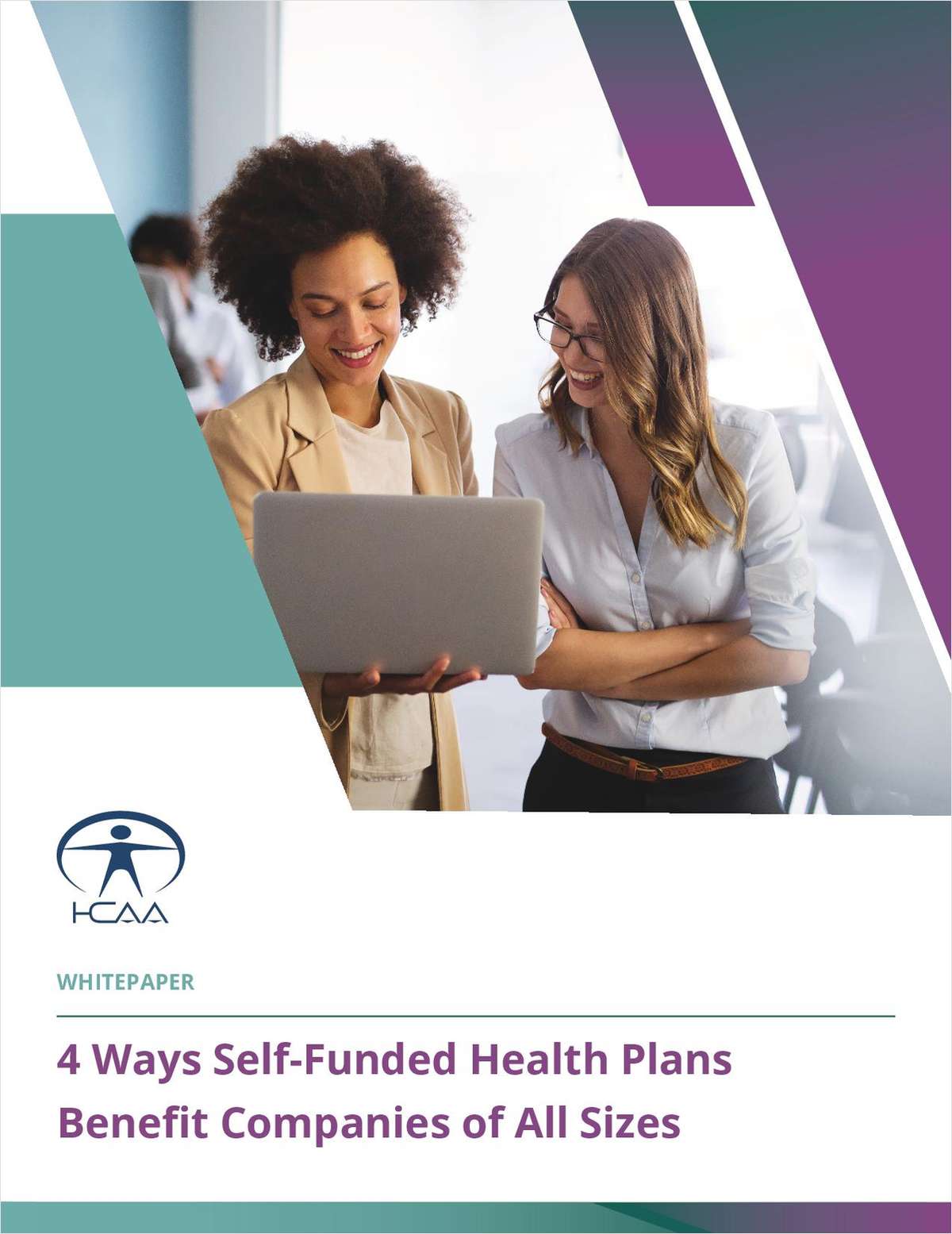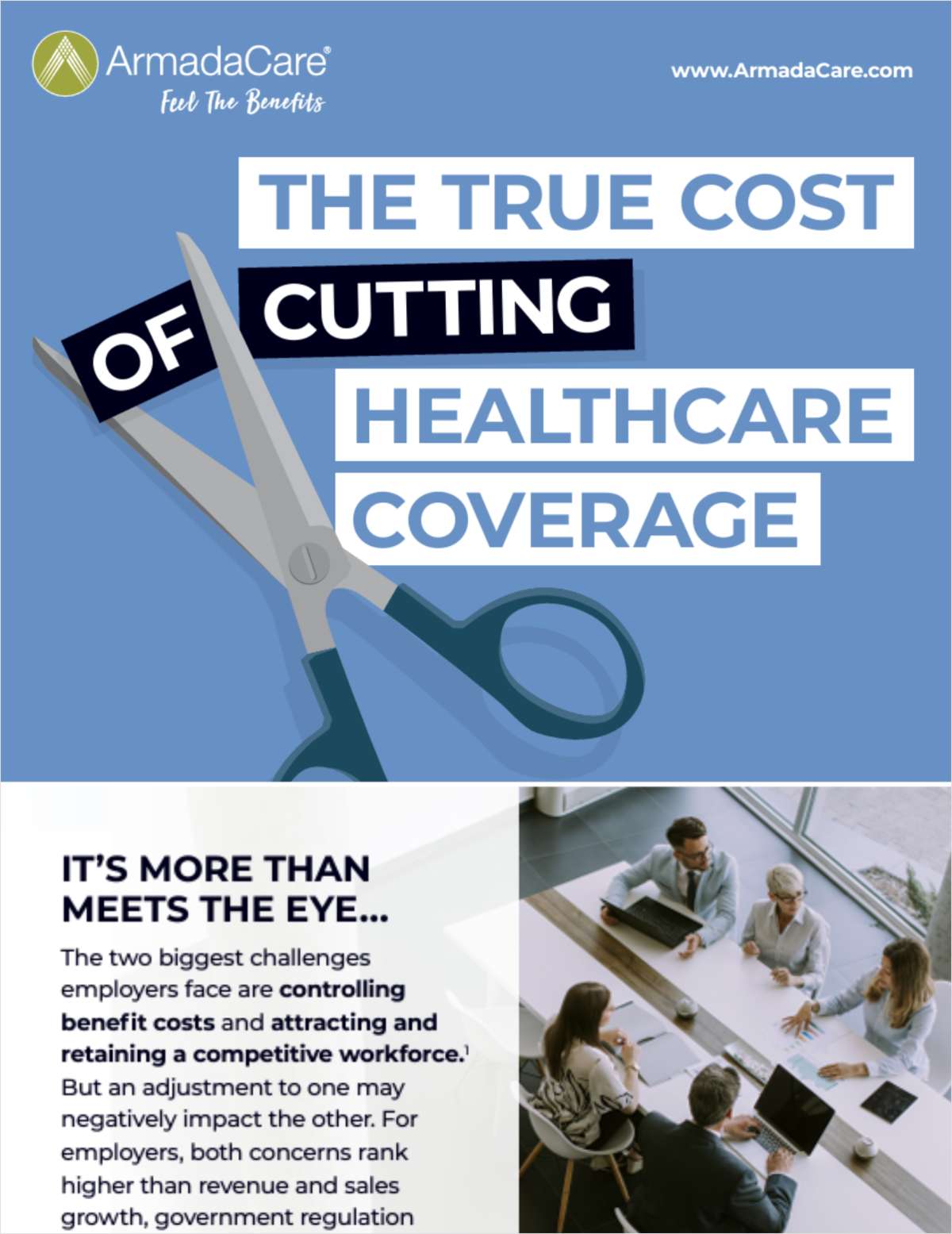 The volume may be down, but the song is still playing. The number of voluntary benefits carriers reporting an increase in takeover business has dropped a bit in the past few years, according to Eastbridge's recent "Takeovers and the Voluntary Market" Spotlight™ report. But significantly more carriers say the volume of takeovers is holding steady. And the number citing a decrease? One.
The volume may be down, but the song is still playing. The number of voluntary benefits carriers reporting an increase in takeover business has dropped a bit in the past few years, according to Eastbridge's recent "Takeovers and the Voluntary Market" Spotlight™ report. But significantly more carriers say the volume of takeovers is holding steady. And the number citing a decrease? One.
More evidence this tune still carries a strong beat: 90% of carriers in our survey expect takeovers to increase or significantly increase in the next 3 to 5 years — and none think it'll decrease.
Whether or not takeovers are part of your business strategy for voluntary benefits, you're going to encounter them. Here are five things you should know to succeed in the takeover environment.
Continue Reading for Free
Register and gain access to:
- Breaking benefits news and analysis, on-site and via our newsletters and custom alerts
- Educational webcasts, white papers, and ebooks from industry thought leaders
- Critical converage of the property casualty insurance and financial advisory markets on our other ALM sites, PropertyCasualty360 and ThinkAdvisor
Already have an account? Sign In Now
© 2024 ALM Global, LLC, All Rights Reserved. Request academic re-use from www.copyright.com. All other uses, submit a request to [email protected]. For more information visit Asset & Logo Licensing.








